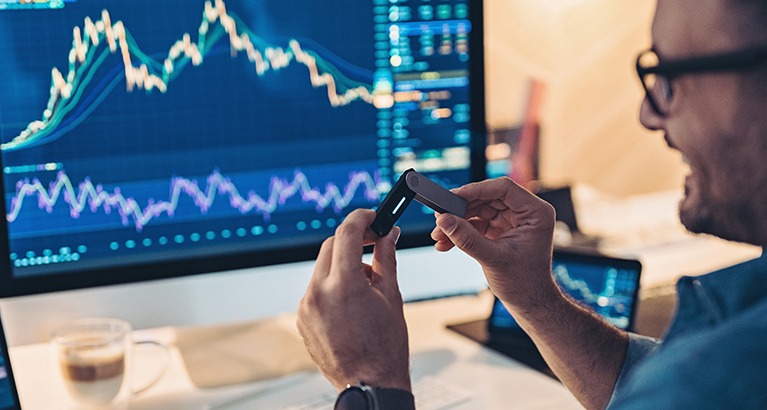
Mastering the Art of Crypto Trading Timing
In the volatile world of cryptocurrency trading, timing is everything. The success or failure of a trade can often come down to the precise moment at which a trader buys or sells an asset. This article delves into the intricacies of crypto trading timing and provides insights on how to enhance your trading strategies. For further reading on trading strategies, you can check out this Crypto Trading Timing https://www.freedomsphoenix.com/Letter?EdNo=001&Info=0013968.
Understanding Crypto Market Volatility
The cryptocurrency market is notoriously volatile, with prices fluctuating wildly within short timeframes. This volatility is driven by a combination of market demand, public sentiment, and macroeconomic factors. Traders need to be acutely aware of these elements when determining their entry and exit points. Unlike traditional markets, where trading hours are limited, the crypto market operates 24/7. This continuous market activity presents unique opportunities and challenges.
The Importance of Technical Analysis
One of the primary tools at a trader’s disposal is technical analysis. By studying historical price charts, traders can identify trends, patterns, and potential reversal points. Key indicators such as Moving Averages, Relative Strength Index (RSI), and Fibonacci retracement levels can be pivotal in timing trades effectively. Understanding these indicators and employing them appropriately can significantly improve the likelihood of executing profitable trades.
The Role of News and Events
News plays a critical role in crypto trading timing. Announcements regarding regulation, technological advancements, or major partnerships can lead to rapid price changes. Traders must remain vigilant and up-to-date with the latest news to capitalize on these moments. Timing trades just before or after significant news events can be the difference between a successful trade and a missed opportunity.
Psychological Factors in Trading
Trading psychology is often underestimated in its impact on trading timing. Emotions such as fear and greed can cloud judgment and lead to poor decision-making. For example, the fear of missing out (FOMO) can cause traders to enter positions impulsively, while panic selling can result in exiting positions prematurely. Developing a disciplined trading strategy that incorporates risk management and emotional control is essential for effective trading timing.
Utilizing Stop-Loss and Take-Profit Orders

One effective way to manage timing is through the use of stop-loss and take-profit orders. By setting predefined points for exiting a trade, traders can automate their decision-making process and reduce the emotional burden of trading. A stop-loss order protects against significant losses, while a take-profit order allows traders to lock in gains when the price reaches a certain level. Establishing these orders in advance can streamline trading actions and improve overall timing.
Backtesting Strategies for Accuracy
Backtesting trading strategies against historical data can provide critical insights into their effectiveness. By analyzing how a particular strategy would have performed in past market conditions, traders can refine their approach and optimize their timing. This process helps to identify potential weaknesses and improve confidence in trading decisions.
The Significance of Market Sentiment
Market sentiment tracking can also be a valuable tool for timing trades. Sentiment analysis involves gauging the emotions and attitudes of market participants to predict future price movements. Various tools and platforms provide sentiment data that can help traders make more informed decisions. When a majority of traders exhibit bullish sentiment, for instance, it may indicate a good entry point. Conversely, extreme bearish sentiment may suggest an exit point is nearing.
Leveraging Trading Bots and Algorithms
In recent years, trading bots and algorithms have gained popularity among cryptocurrency traders. These automated systems can execute trades based on predefined criteria, helping traders capitalize on optimal timing without being tied to their screens. While trading bots can enhance efficiency, it is crucial to ensure that the underlying strategies are sound and that risk is effectively managed.
Continuous Learning and Adaptation
The crypto market evolves rapidly, and successful traders understand the importance of continuous learning. Participating in forums, attending webinars, and following industry news can provide valuable insights into market conditions. By staying informed and adaptable, traders can refine their timing strategies and remain competitive in this dynamic landscape.
Conclusion
Timing in crypto trading is an art that requires a combination of technical skills, market awareness, and psychological fortitude. By understanding the factors that influence market movements and employing effective strategies, traders can improve their decision-making process and enhance their overall performance. As the cryptocurrency landscape continues to develop, those who master the intricacies of timing will be better positioned to capitalize on the opportunities it presents.